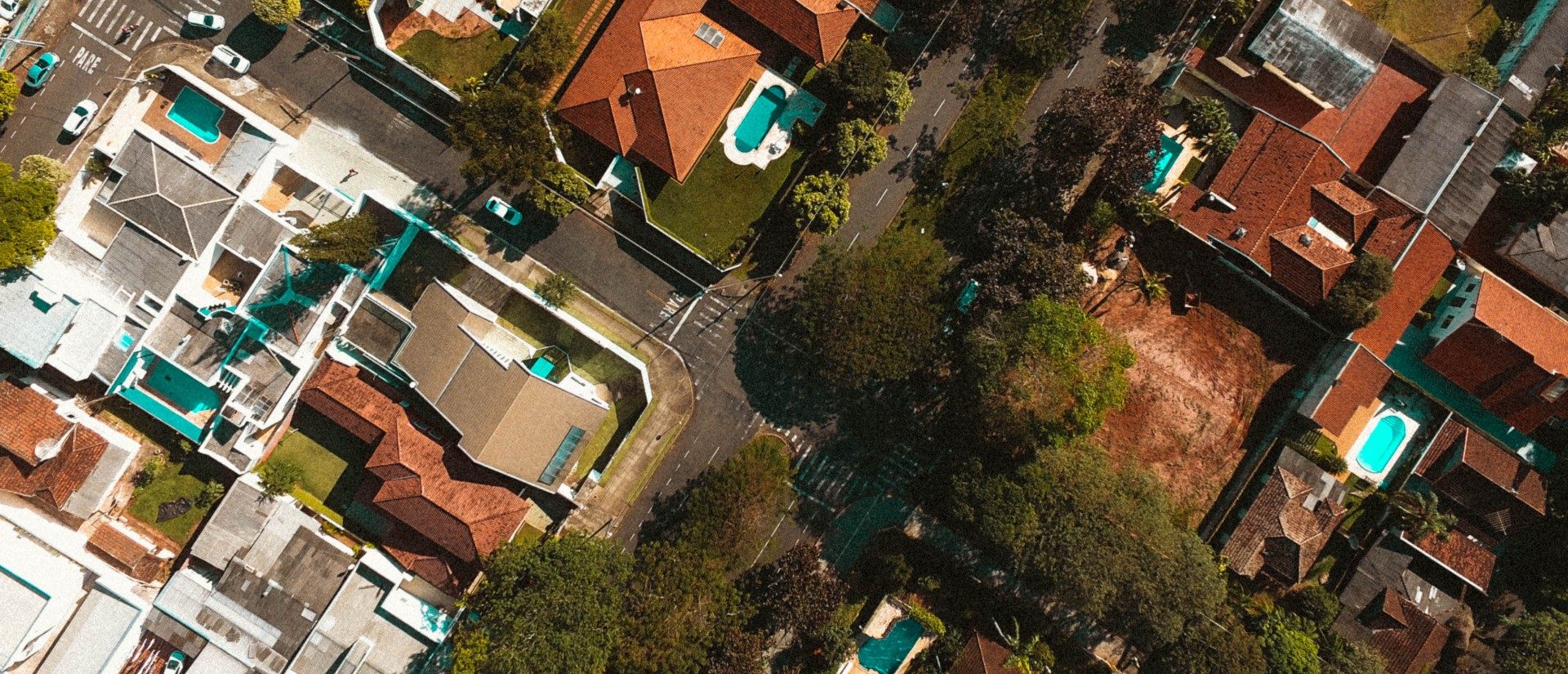
What should I consider before going solar?
There are many standard things to take into account before getting a solar panel system and we are here to walk you through it with our solar recipe guide. However, with solar power, some qualifications and incentives can only be done by an expert to determine the right conditions to benefit a homeowner. For a quick custom solar guide based on your home address click on the button below.
Questions
How much is your energy bill?
It’s important to know how much you are paying already for electricity to your utility company because you need that information to evaluate how much going solar will save and determine if that amount is worth it to you. Utility rates for electricity very across geographical locations, with some of the highest in CA, and can be a significant monthly expense. Going solar replaces utility energy with solar energy and allows you to lower (or eliminate) that monthly expense. Any monthly bill of $100 or more is in a good position to save money with a solar panel system.
What kind of roof does your home have?
Solar panels are optimal when on strong, durable roofing materials (concrete tile, Spanish tile, composition shingle). If your current roof is another material it is important to make sure that the installers have experience with your type of roof.
What is the condition of your roof?
If your current roof needs fixing or needs to be replaced it is best to do so before getting solar panels. If you are unsure of the condition, usually a solar company can do a free assessment to determine if your roof is in good condition or not. Solar panel systems can last over 30 years but are possible to be taken off if you need a reroof in that time for labor fees usually by the installer or approved roofer.
How much sunlight does your home receive?
The amount of shade, the angle of your roof, the direction of your roof and many other factors should be taken into consideration when deciding to go solar. A house that receives more direct sunlight will have panels that produce more energy. It is also important to consider the local climate, panels can convert both direct and indirect sunlight into clean renewable energy. If a panel system has too much shade it can be problematic for power generation so it’s important to receive a consultation to determine if your house is viable. Generally, for installations in the northern hemisphere, the more south facing the surface the more energy will be produced. If the roof is flat the panels can be titled so that they maximize their production.
Time Sensitive Solar Ingredients
What solar incentives, rebates, and tax credits can I take advantage of?
Renewable energy sources have become more of a focus now that they have been proven to be more cost-effective than their fossil fuel counterparts. Also with the many benefits of solar, government regulators have approved time limited policies to offset the cost of installing residential solar even more attractive. For a quick custom solar guide with available incentives click on the button below.
Federal Solar Tax Credit
Known officially as the Investment Tax Credit (ITC), it is currently a 30 percent federal tax credit of the cost of installing a solar system that can be claimed as a credit against any taxes owed (liabilities). This credit can only be claimed by business owners or residential homeowners that purchased the solar panel system either by cash or loan and there is no maximum credit amount. Even if you don’t have enough tax liability to claim the entire credit in one year, you are able to “roll over” the remaining credits into future years for as long as the tax credit is in effect. The credit is, however, set to reduce and eventually expire as follows:
| Year | Residential | Commercial |
| 2016 – 2019 | 30% | 30% |
| 2020 | 26% | 26% |
| 2021 | 22% | 22% |
| 2022 and on | none | 10% |
You can claim the solar tax credit when you file your yearly federal tax returns. If you file your own taxes or are unsure if your accountant was able to get all the incentives for you, contact us and we can help!
Also for the most up to date information, you can visit the Energy Department’s website page for the ITC.
Self Generation Investment Program (SGIP)
The California Public Utilities Commission (CPUC) established this program to provide incentives to help reduce the cost of “behind the meter” technologies including energy storage such as solar integrated batteries. Having more decentralized batteries deployed also creates less strain on the electrical grid during peak hours. Residential customers of PG&E, SCE, SCG, or SDG&E can take advantage of this incentive which provides up to $400 per kWh of the battery’s storage amount. This incentive can also be stacked with the ITC to pay for over 50% of the cost and installation of a battery!
The program has set aside up to $57 million through until 2019 specifically for energy storage but remains an extremely popular incentive that will be reduced as more battery installations happen in California.
For more information on the SGIP and the amount left, visit https://www.selfgenca.com/home/program_metrics/.
Local Incentives
There have been many various local incentives provided by the utility companies and cities across California initially but a lot of them have been exhausted as the Golden State continues to be one of the most mature markets for solar energy. Your solar provider can provide you info if there are any left in your area.

